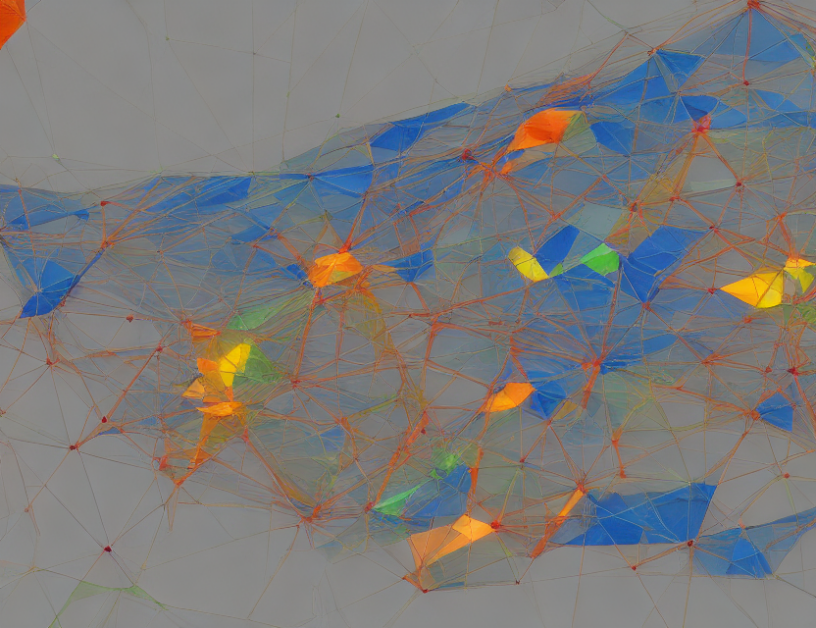In this article, we delve into the world of surface spline interpolation, a fundamental concept in computational geometry. Imagine you’re trying to connect a series of dots on a surface to create a smooth curve. That’s what surface spline interpolation is all about!
The article begins by introducing the basic theory behind surface spline interpolation, using simple language and easy-to-understand examples. Meinguet explains that the key to successful surface spline interpolation is understanding how to manipulate the "pieces" of the surface to create a smooth, continuous curve. He compares this process to building with LEGO bricks, where each brick represents a small piece of the surface.
Meinguet then delves into the computational aspects of surface spline interpolation, discussing various algorithms and techniques used to construct the smooth curve. He provides examples of how these methods are applied in practice, using everyday language to explain complex concepts. For instance, he explains that one technique involves "gluing" together small pieces of the surface to create a continuous curve, much like how you might use tape to connect different parts of a toy when building with LEGOs.
Throughout the article, Meinguet emphasizes the importance of understanding the underlying mathematics behind surface spline interpolation. He stresses that while it may seem like magic at first, the techniques used are based on sound mathematical principles. By grasping these concepts, you can better understand how to apply them in practical situations.
In summary, "Surface Spline Interpolation: Basic Theory and Computational Aspects" provides a comprehensive overview of this fundamental concept in computational geometry. Meinguet’s use of everyday language and engaging metaphors makes it accessible to readers without a technical background, while still providing sufficient depth for those interested in exploring the subject further. By understanding surface spline interpolation, you can unlock new possibilities for creating smooth curves and surfaces, opening up exciting applications in fields such as computer-aided design, engineering, and art.
Mathematics, Numerical Analysis
Interpolation and Approximation Methods: A Comprehensive Review of Recent Developments



